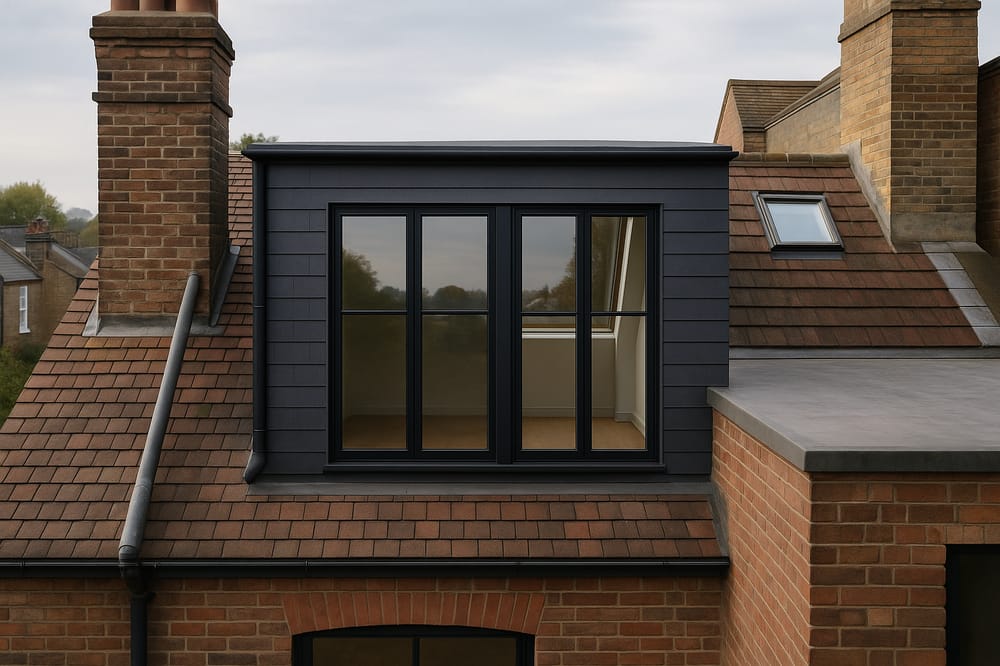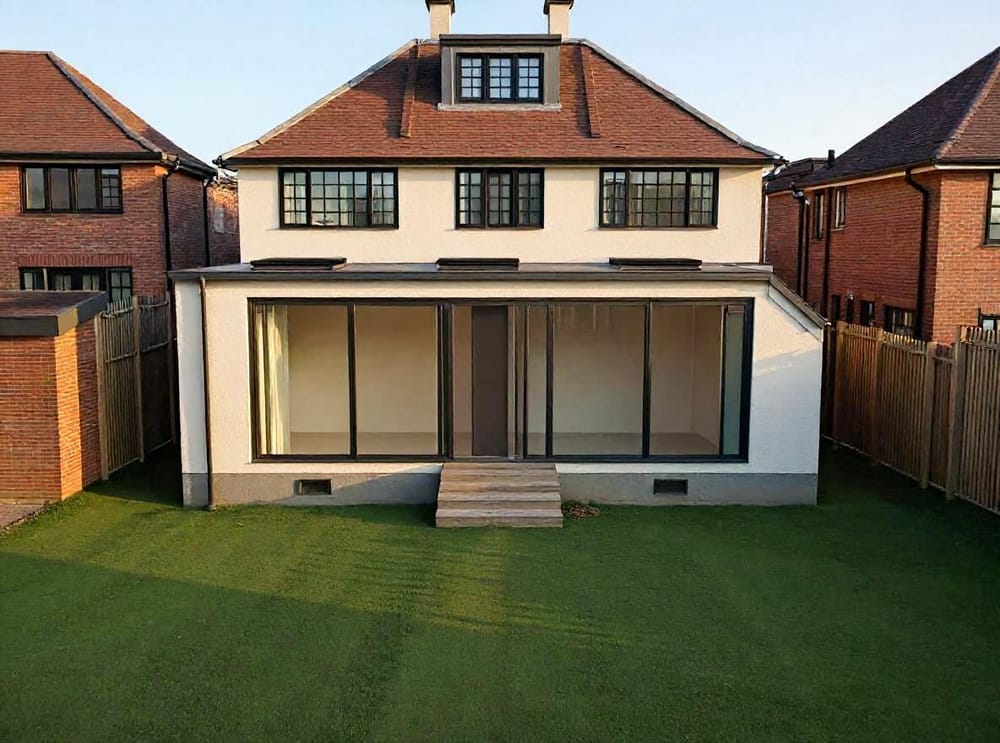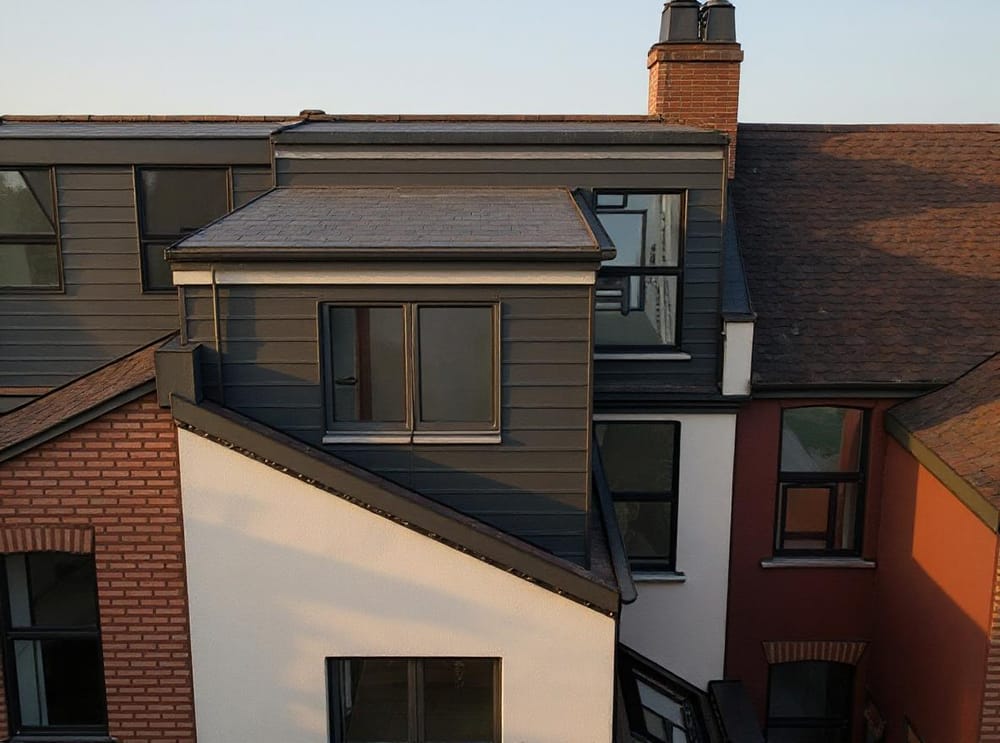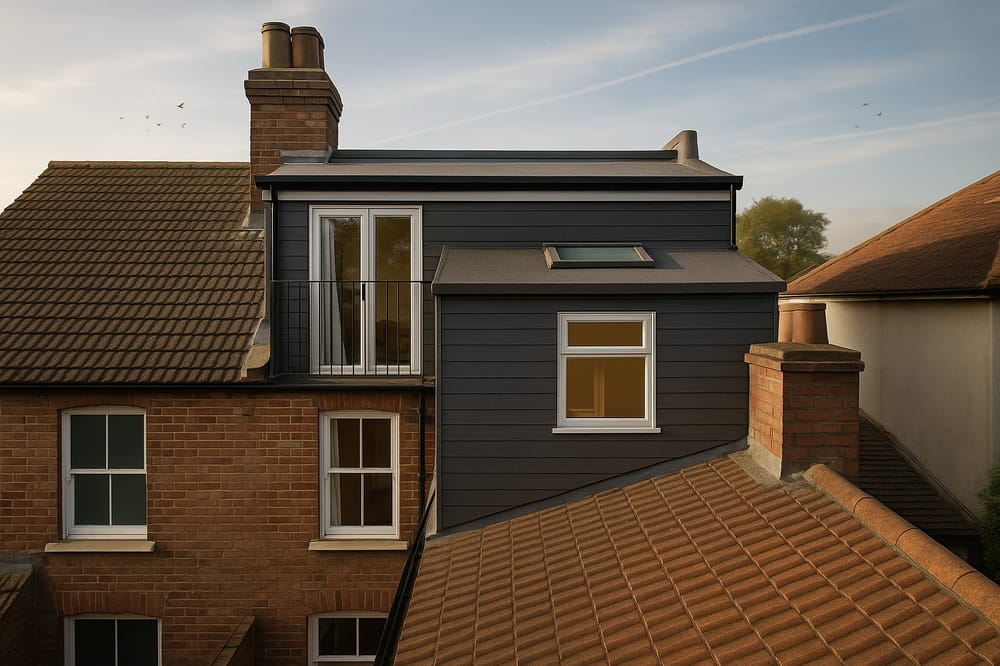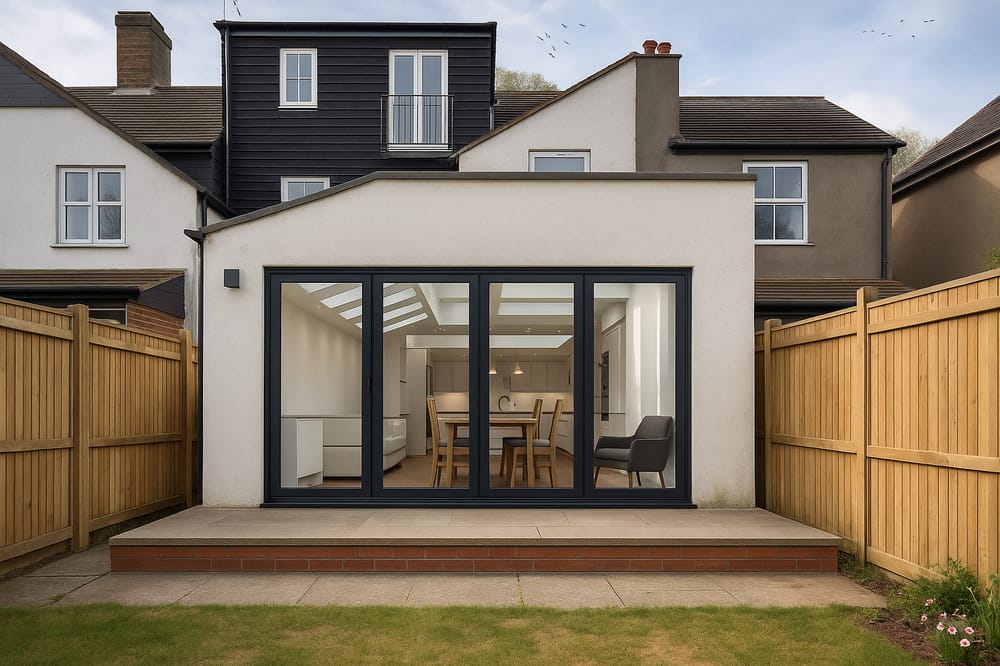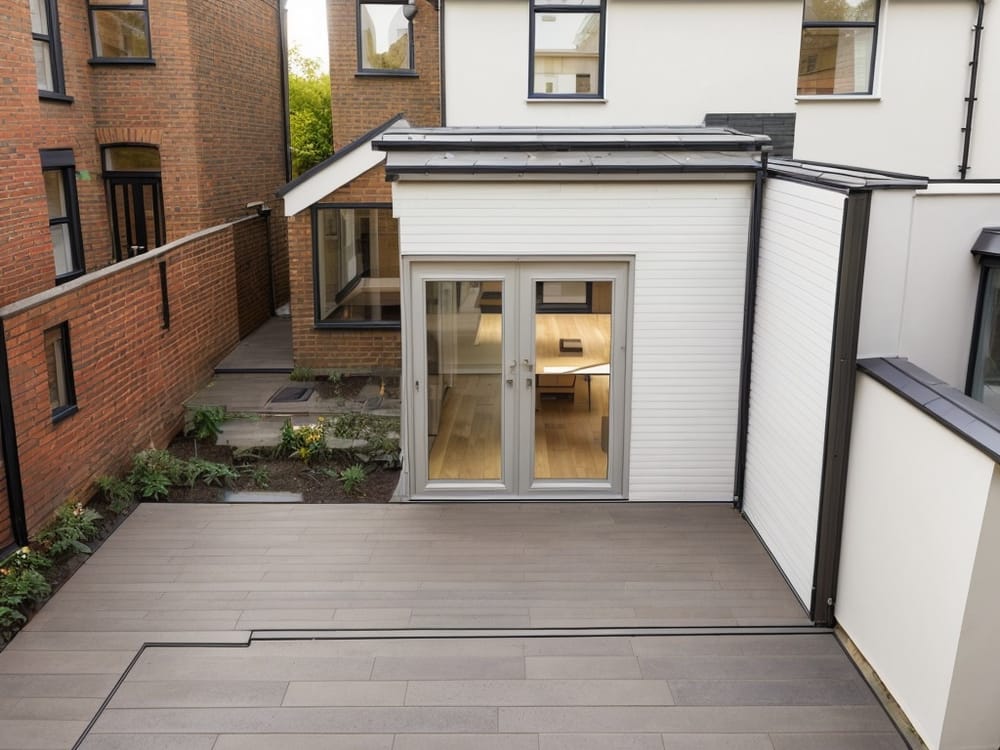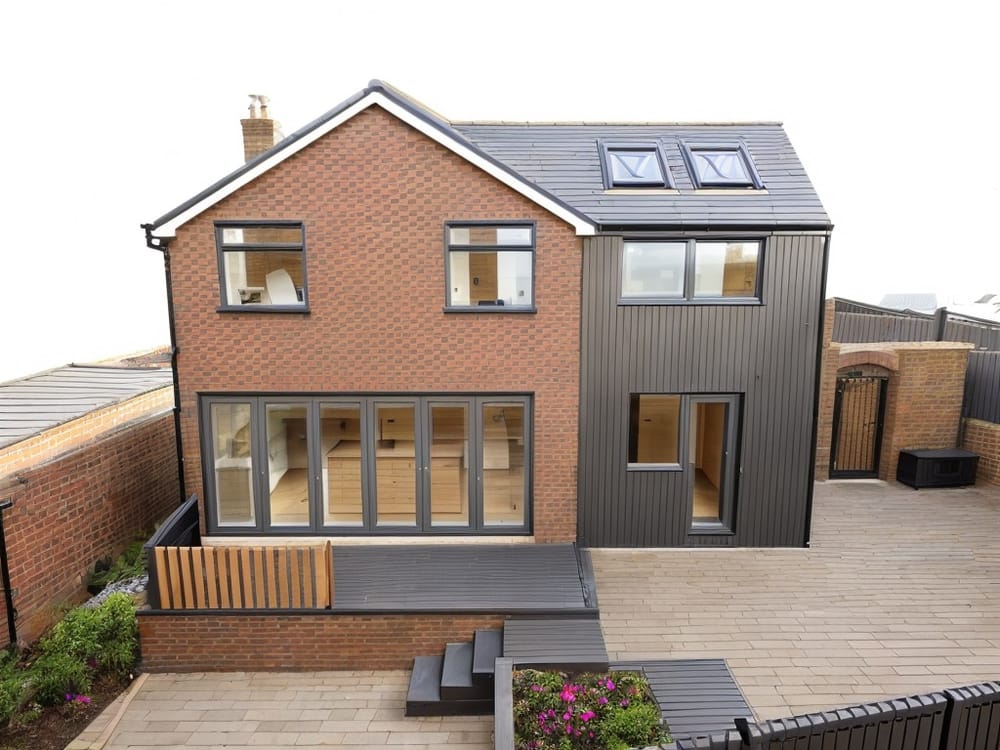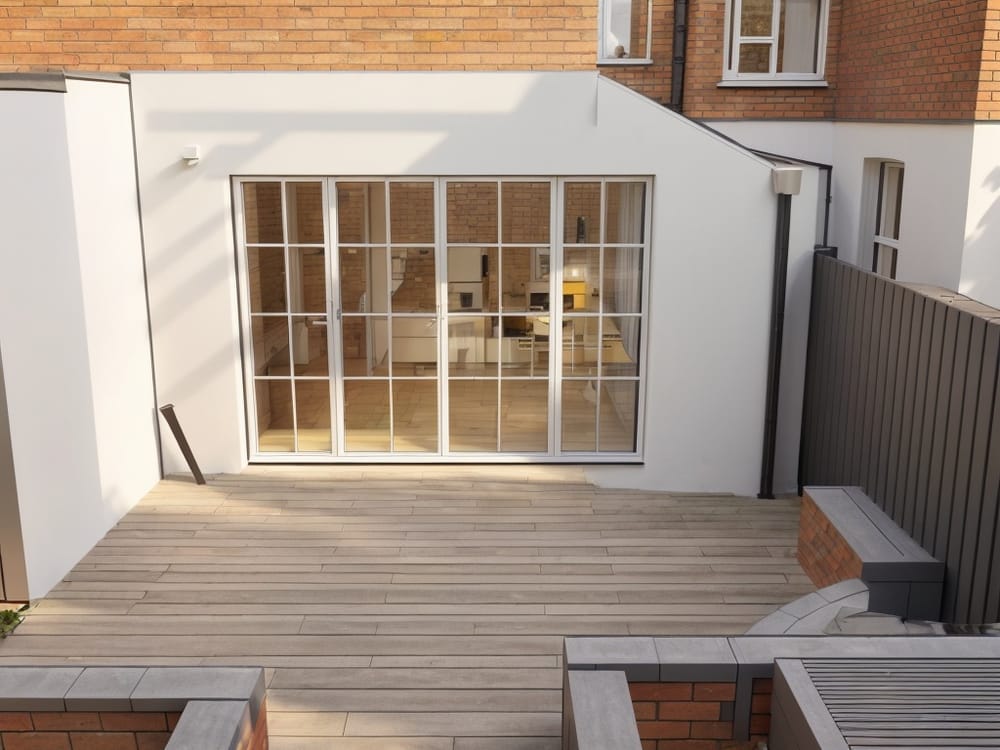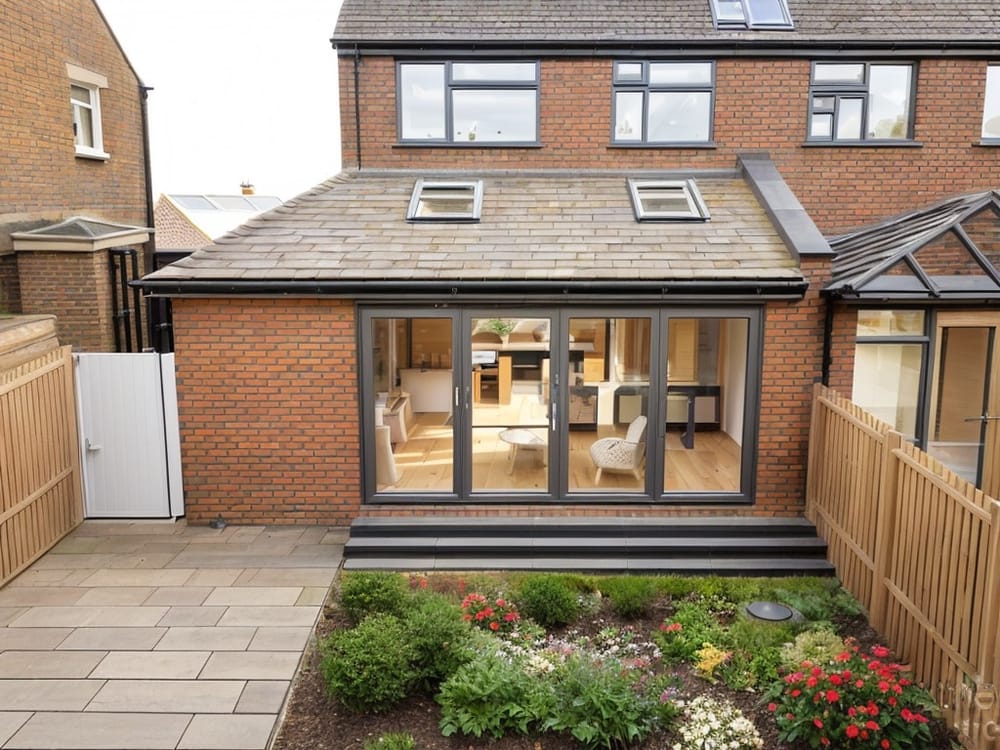Once the domain of hippies and guys named Dreadlock Dan, becoming energy efficient is now mainstream - especially for homeowners. Not only does it help you save the planet, but it also helps save some pennies when it comes to household bills.
If you’re looking to go green, there are three things to remember:
- Lighting
- Heating
- Insulation
Remember this trio and you’re on your way to a creating an eco-friendly space. Here’s how to apply these principles to your extension...
Building your extension
Energy efficiency can be enforced right at the get go, through the use of cavity concrete blocks over regular bricks. This means that you can use external wall insulation (EWI) to ensure that your property is enveloped in the best possible insulation - even though this process is slightly more expensive, in the long run it will cut your bills by 40%.
The use of polyisocyanurate (PIR) is a fancy name for a blend of materials forming a rigid foam product, a great way to insulate your extension from the ground up as it's a floor insulation that improves heat retention.
Double glazed windows over regular panes is perhaps one of the simplest insulation methods out there. Although, as with concrete blocks, this option is slightly more costly than your average window, we definitely advise that you splash out on this initial cost to save yourself roughly £80 per year in the long term. You can also check out the U-values of different panes of glass, a helpful way to measure the rate of heat loss through your window. The lower the U-value, the better the thermal performance of the glass.



